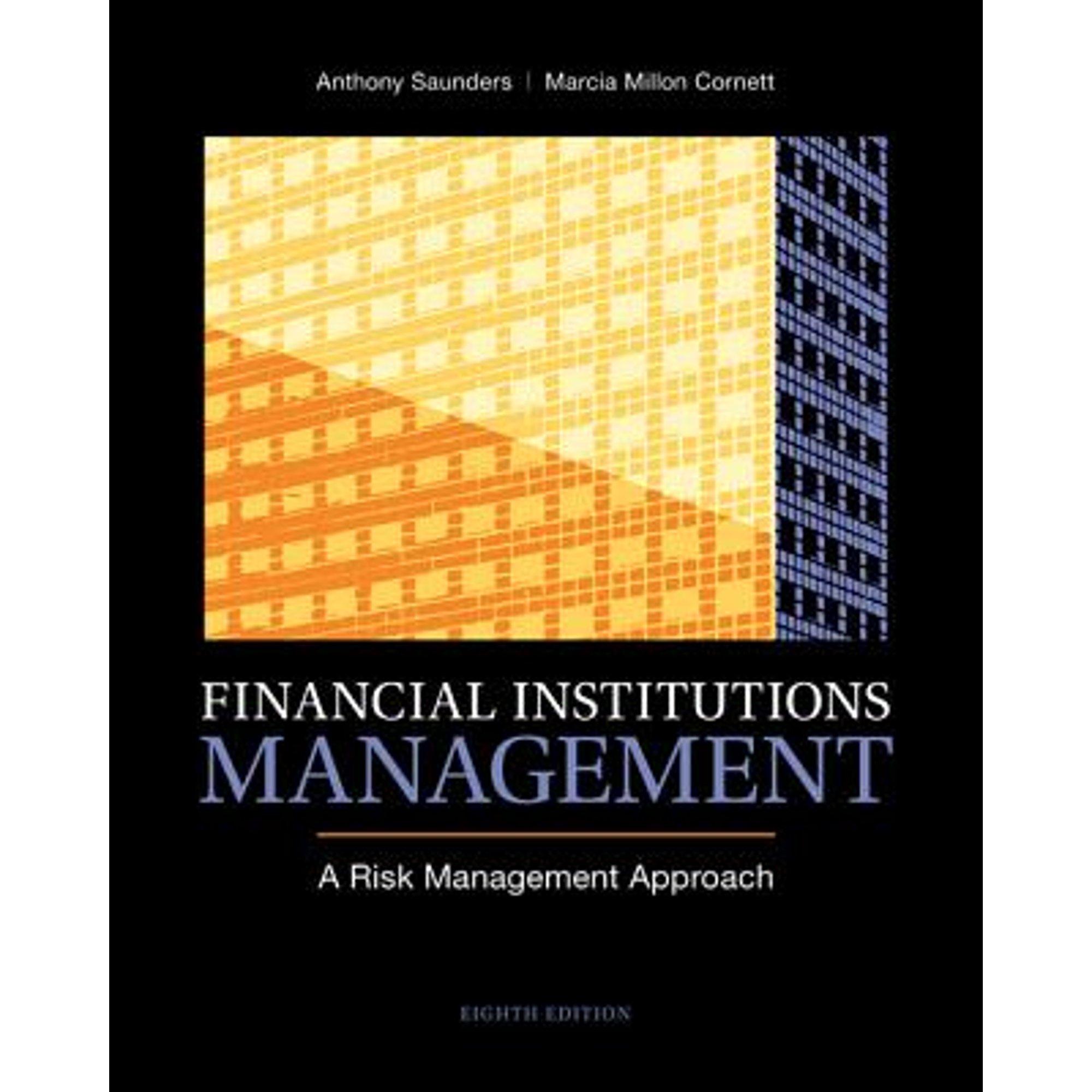Question
and Susan are facing an important decision. After discussing different financial scenarios, the two computer engineers felt it was time to finalize their cash flow
and Susan are facing an important decision. After discussing different financial scenarios, the two computer engineers felt it was time to finalize their cash flow projections and move to the next stage - decide which of two possible projects they should undertake.
Both had a bachelor's degree in engineering and had spent several years as maintenance engineers in a large chip manufacturing company. About six months ago, they were able to exercise their first stock options. That was when they decided to quit their safe, steady job and pursue their dreams of starting a venture. In their spare time, almost as a hobby, they had been collaborating on research into a new chip that could speed up certain specialized tasks by as much as 25%. At this point, the design of the chip was complete. While further experimentation might improve the performance of their design, any delay in entering the market now may prove to be costly, as one of the established players might introduce a similar product of their own. The duo knew that now was the time to act if at all.
They estimated that they would need to spend about $1,000,000 on plant, equipment and supplies. As for future cash flows, they felt that the right strategy at least for the first year would be to sell their product at dirt-cheap prices to induce customer acceptance. Then, once the product had established a name for itself, the price could be raised. By the end of the fifth year, their product in its current form was likely to be obsolete. However, the innovative approach they had devised and patented could be sold to a larger chip manufacturer for a decent sum. Accordingly, the two budding entrepreneurs estimated the cash flows for this project (call it Project A) as Follows
| Years | Project A: Expected Cash flows (S) |
| 0 | (1,000,000) |
| 1 | 50,000 |
| 2 | 200,000 |
| 3 | 600,000 |
| 4 | 1,000,000 |
| 5 | 1,500,000 |
An alternative to pursuing this project would be to immediately sell the patent for their innovative chip design to one of the established chip makers. They estimated that they would receive around $200,000 for this. It would probably not be reasonable to expect much more as neither their product nor their innovative approach had a track record.
They could then invest in some plants and equipment that would test silicon wafers for zircon content before the wafers were used to make chips. Too much zircon would affect the long-term performance of the chips. The task of checking the level of zircon was currently being performed by chip makers themselves. However, many of them, especially the smaller ones, could not permit 100% checking. Most tested only a sample of the wafers they received.
Dan and Susan were confident that they could persuade at least some of the chip makerang outsource this function to them. By exclusively specializing in this task, their little company would be able to slash costs by more than half, and thus allow the chip manufacturers to go in for 100% quality check for roughly the same cost as what they were incurring for a partial quality check today. The life of this project too (call it project B) is expected to be only about five years.
The initial investment for this project is estimated at $ 1,100,000. After considering the sale of their patent, the net investment would be $900,000. As for the future, Dan and Susan were pretty sure that there would be sizable profits in the first couple of years. But thereafter, the zircon content problem would slowly start to disappear with advancing technology in the
follows:
wafer industry. Keeping all this in mind, they estimate the cash flows for this project as
| Years | Project B: Expected Cash flows (S) |
| ($900,000) | |
| 1 | 650,000 |
| 2 | 650,000 |
| 3 | 550,000 |
| 4 | 300,000 |
| 5 | 100,000 |
Dan and Susan now need to make their decision. For purposes of analysis, they plan to use a required rate of return of 20% for both projects. Ideally, they would prefer that the project they choose have a payback period of less than 3.5.
Required
Suppose that Dan and Susan have hired you as a consultant to help them make the decision.
- What are some capital budgeting strategies that can be used to solve this problem? Based on your findings, ranking the projects based on each of the identified metrics. (Marking Scheme: correct present value of each expected cash flow has 1 mark = 10 marks, NPV= 2 marks for each project = 4 marks, PI for each project has 3 marks = 6 marks, the Payback period for each project has 5 marks = 10 marks, IRR for each project has 10 marks =20 marks)
- Based on your answer in Req 1, Which of these projects would you recommend and why? (Marking Scheme: Correct recommendation: 10 Marks)
Step by Step Solution
There are 3 Steps involved in it
Step: 1

Get Instant Access to Expert-Tailored Solutions
See step-by-step solutions with expert insights and AI powered tools for academic success
Step: 2

Step: 3

Ace Your Homework with AI
Get the answers you need in no time with our AI-driven, step-by-step assistance
Get Started


